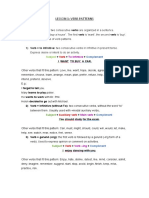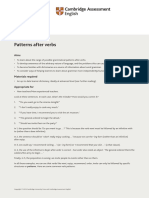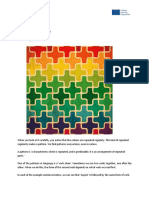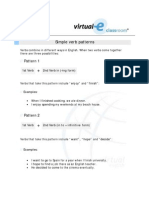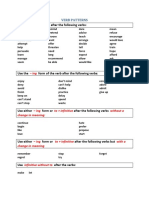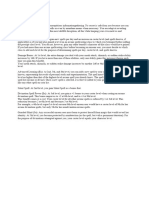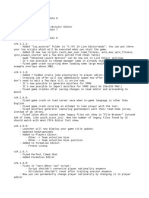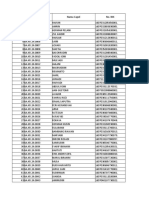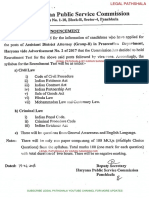0% found this document useful (0 votes)
10 views3 pagesVerb Patterns
The document outlines various verb patterns in English, including structures such as 'verb + to + base form', 'verb + -ing', and combinations with objects. It highlights the differences in meaning and usage between similar patterns, such as 'remember to' vs. 'remember -ing'. Additionally, it provides examples for each pattern to aid understanding for students learning these structures.
Uploaded by
fallahtabars89Copyright
© © All Rights Reserved
We take content rights seriously. If you suspect this is your content, claim it here.
Available Formats
Download as PDF, TXT or read online on Scribd
0% found this document useful (0 votes)
10 views3 pagesVerb Patterns
The document outlines various verb patterns in English, including structures such as 'verb + to + base form', 'verb + -ing', and combinations with objects. It highlights the differences in meaning and usage between similar patterns, such as 'remember to' vs. 'remember -ing'. Additionally, it provides examples for each pattern to aid understanding for students learning these structures.
Uploaded by
fallahtabars89Copyright
© © All Rights Reserved
We take content rights seriously. If you suspect this is your content, claim it here.
Available Formats
Download as PDF, TXT or read online on Scribd
/ 3

